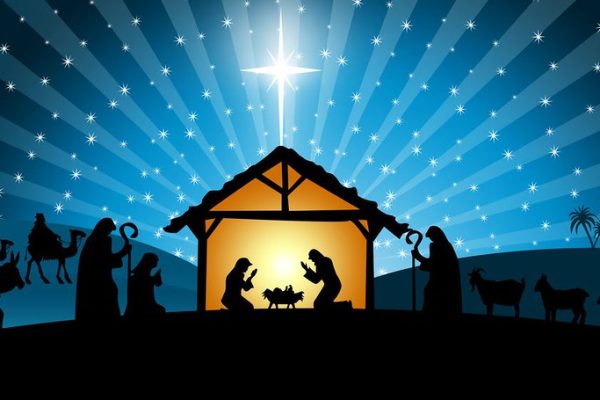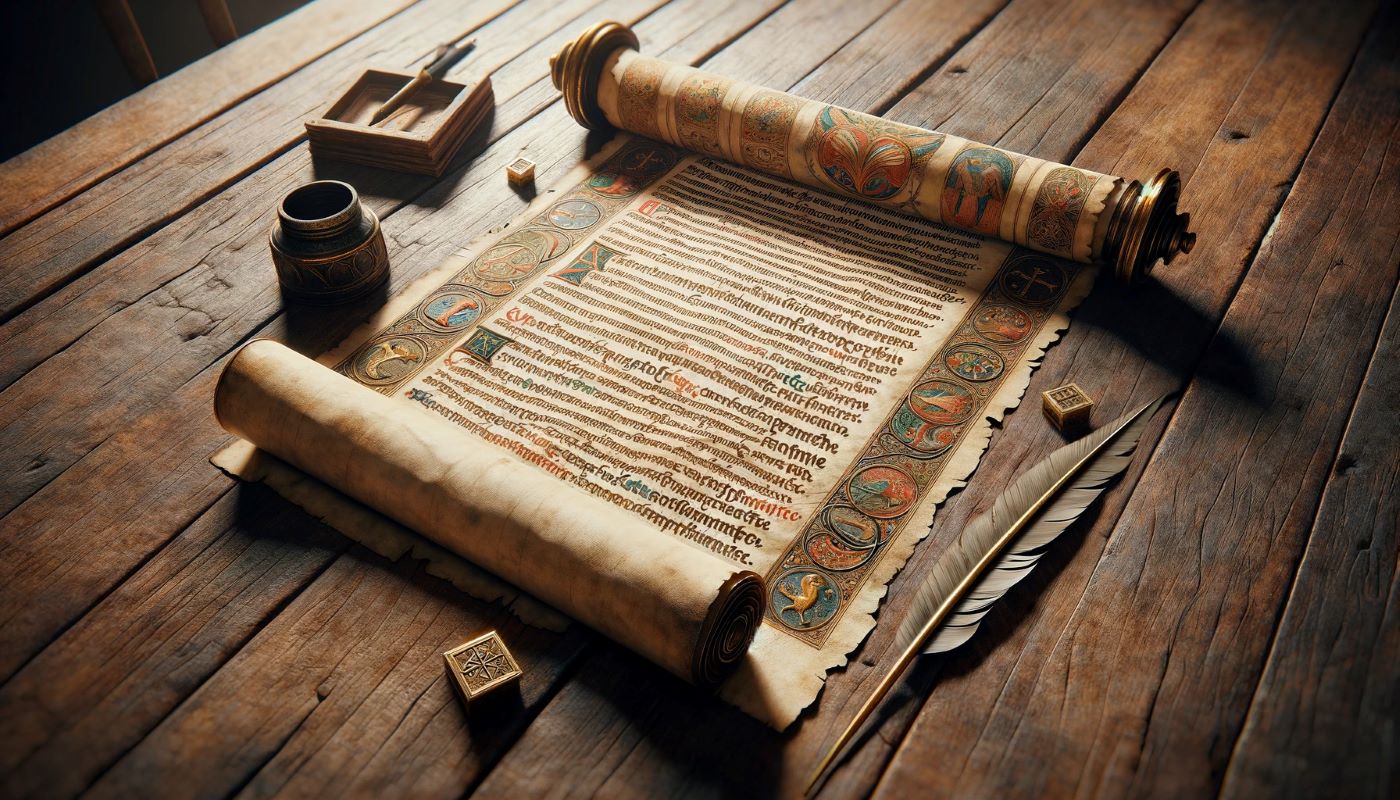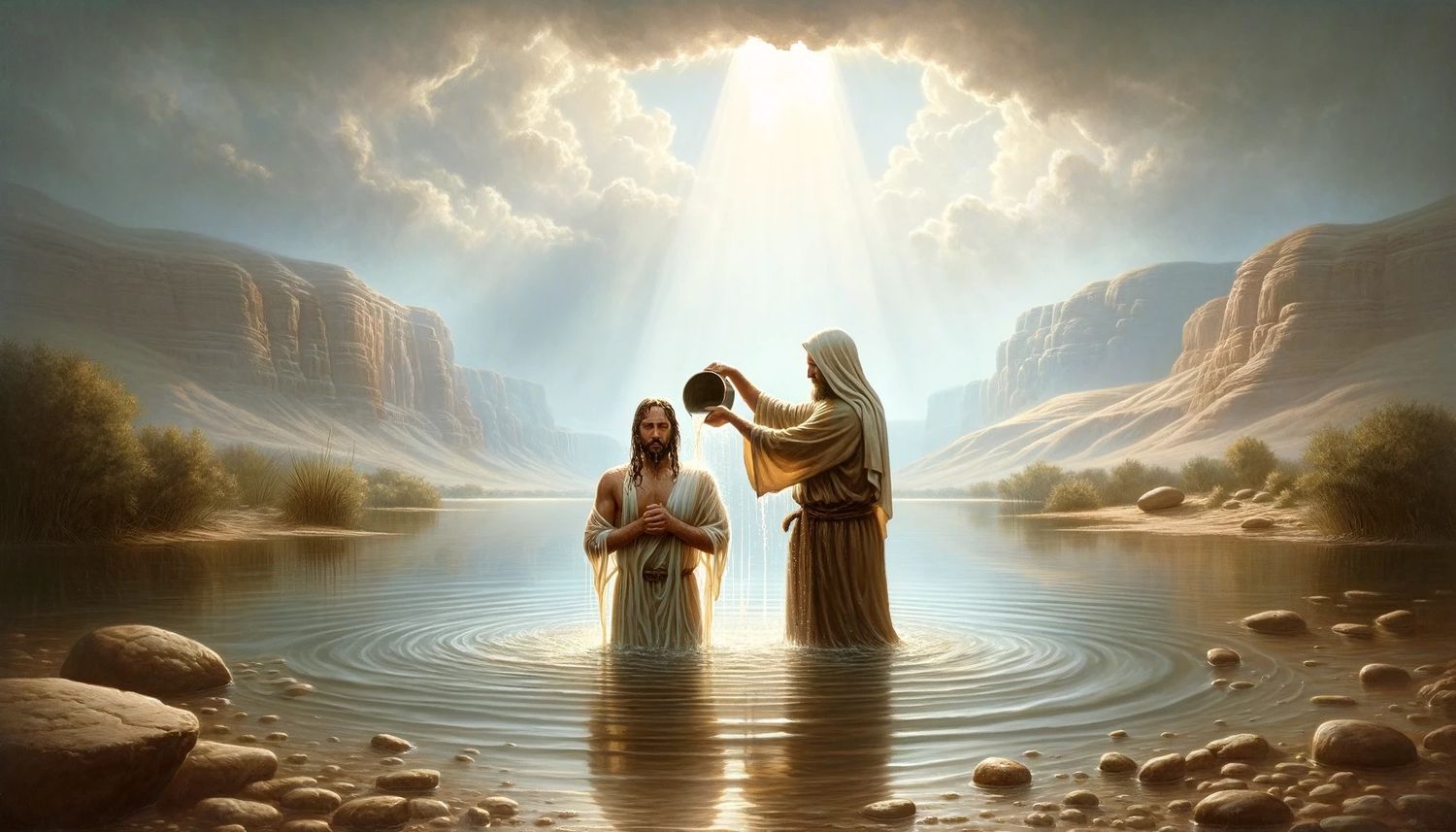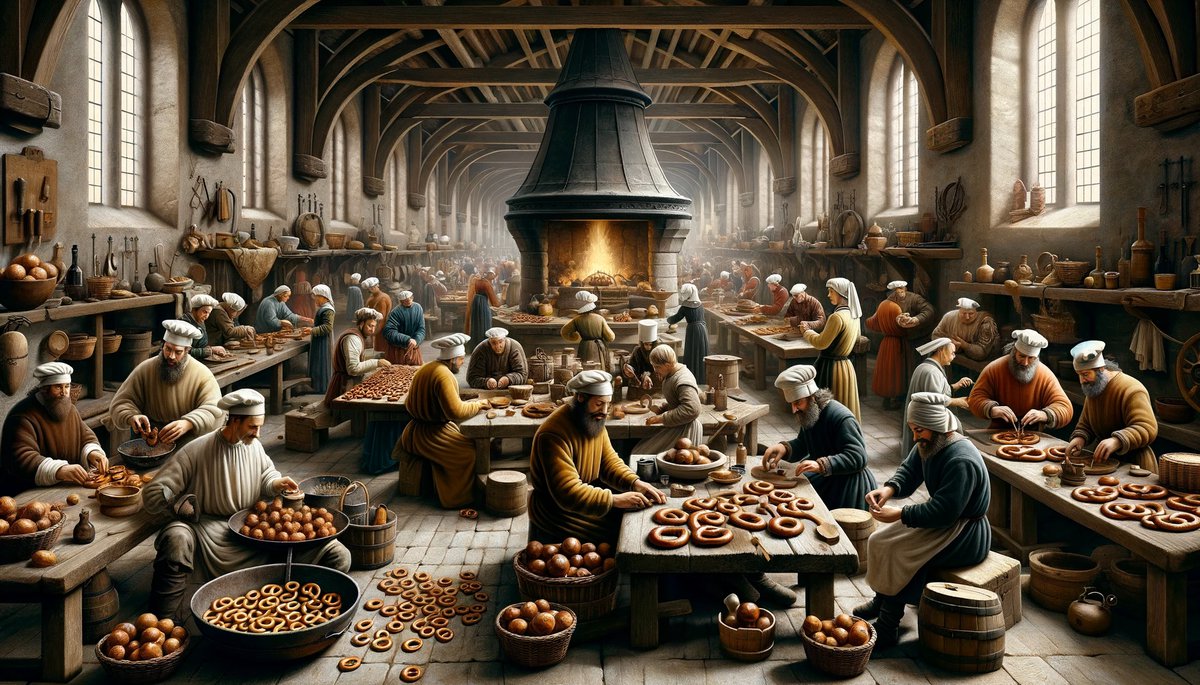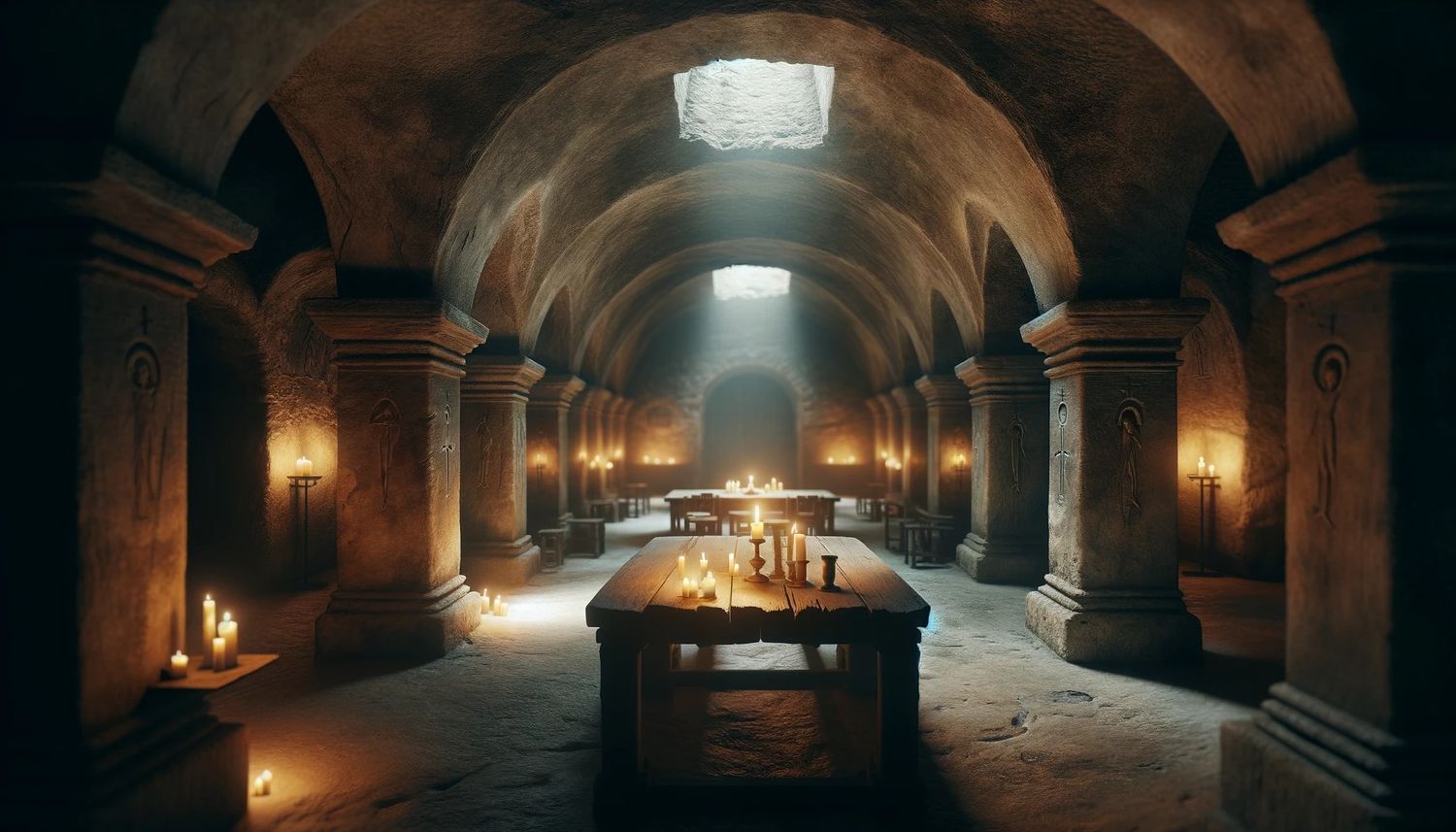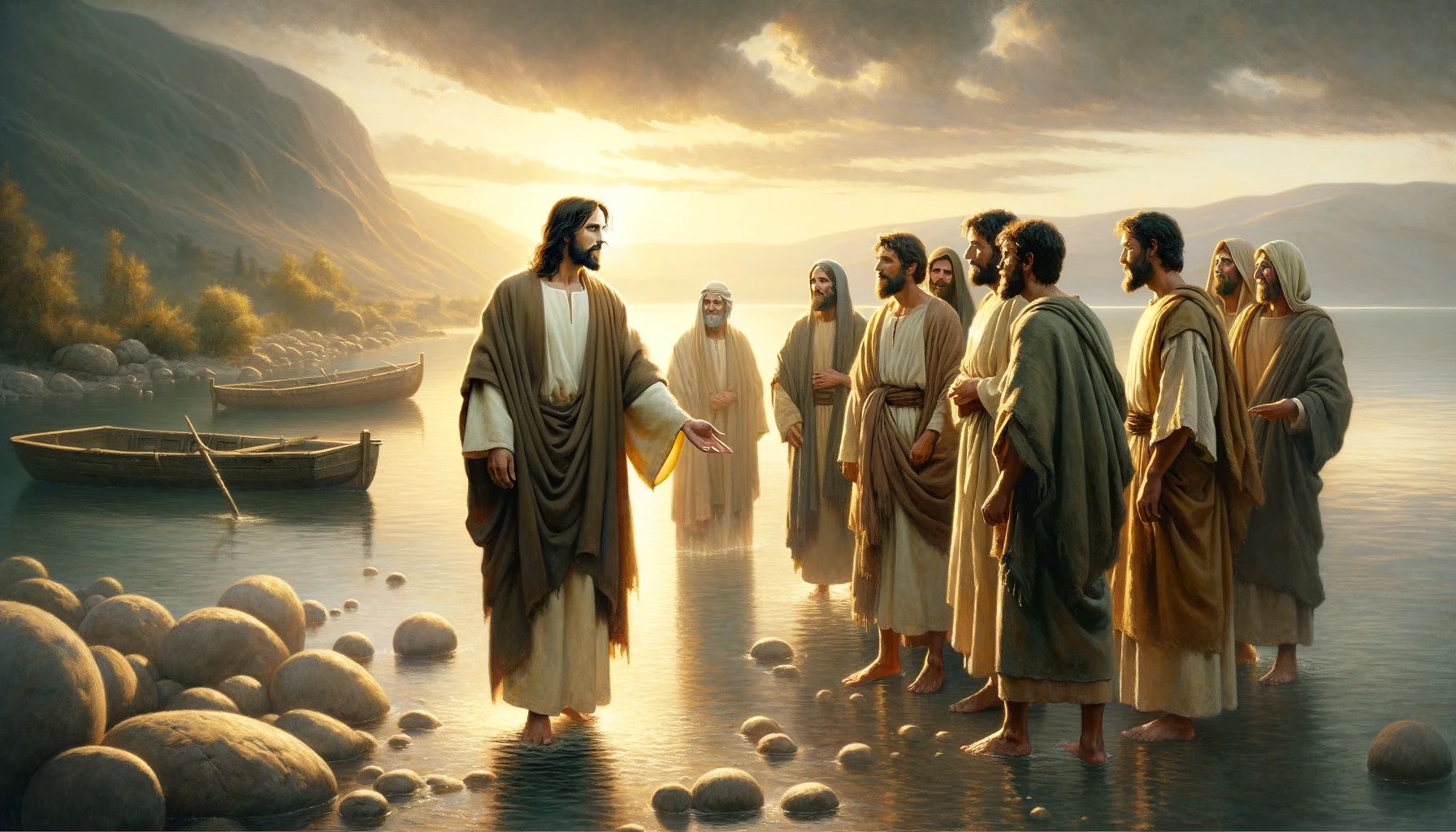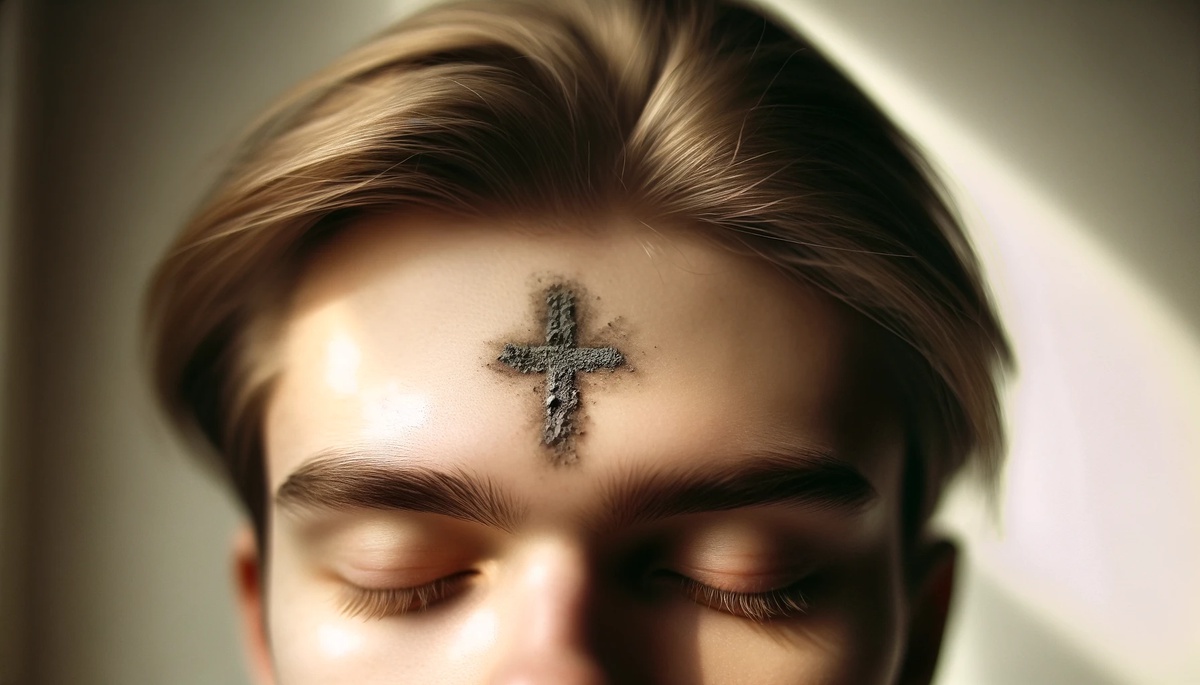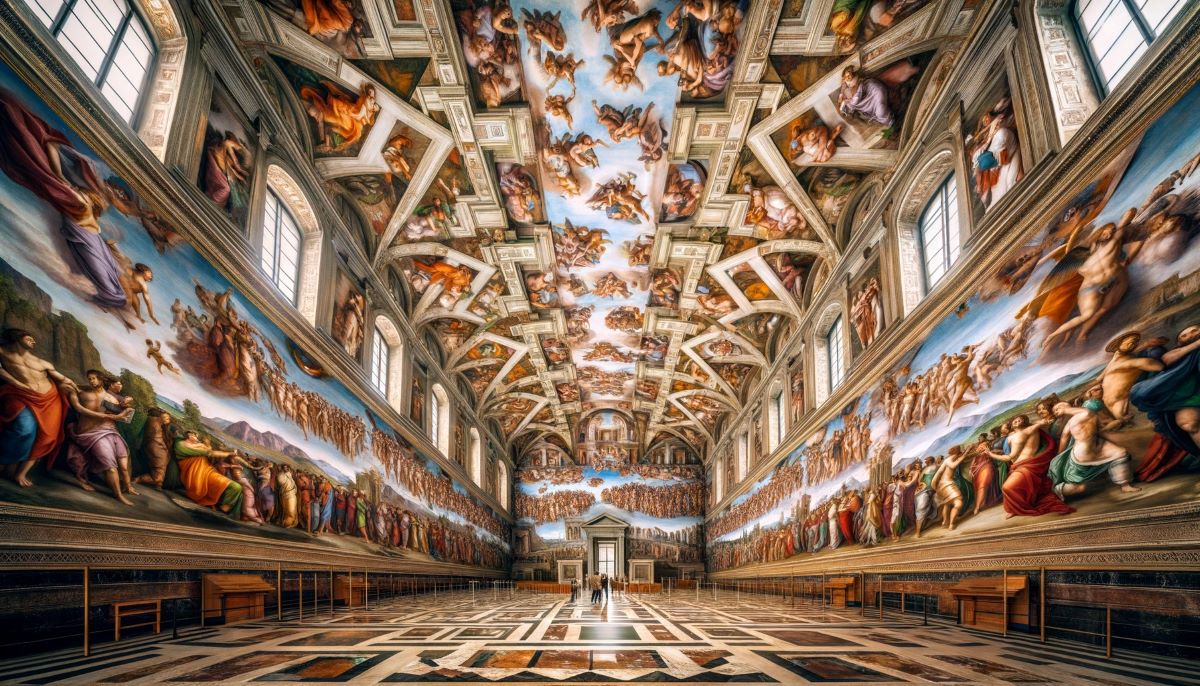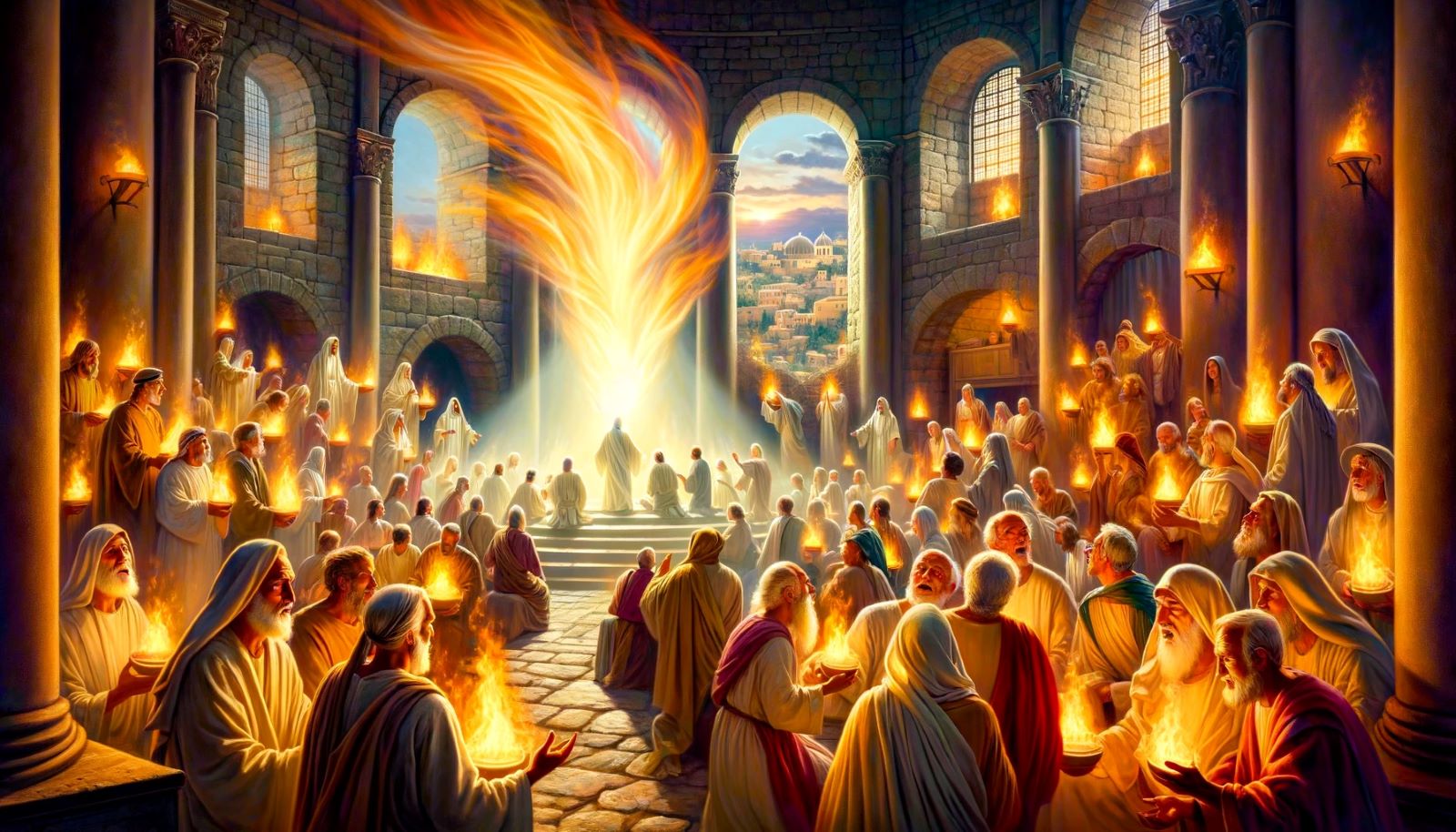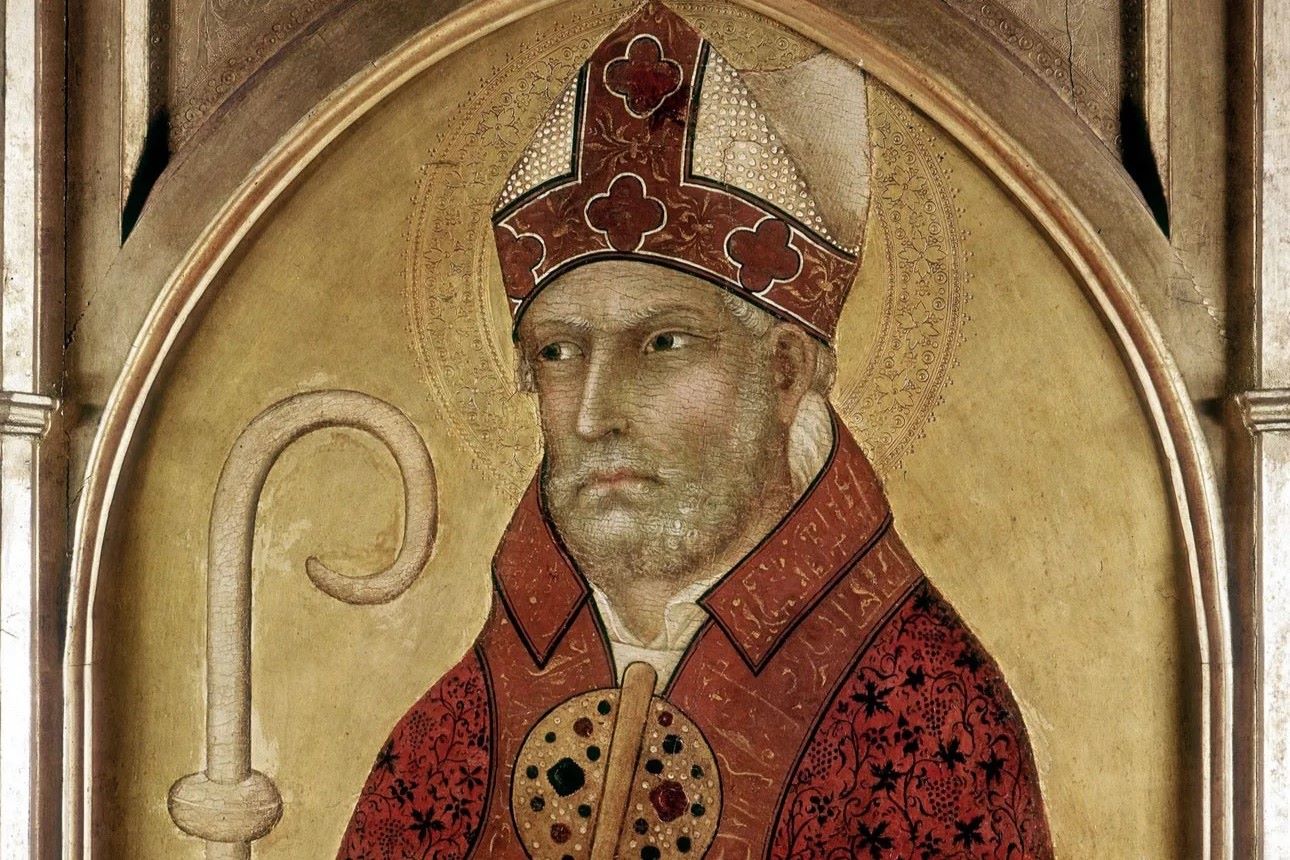Home>Christian Resources>Halloween Background: Christian Origins And History
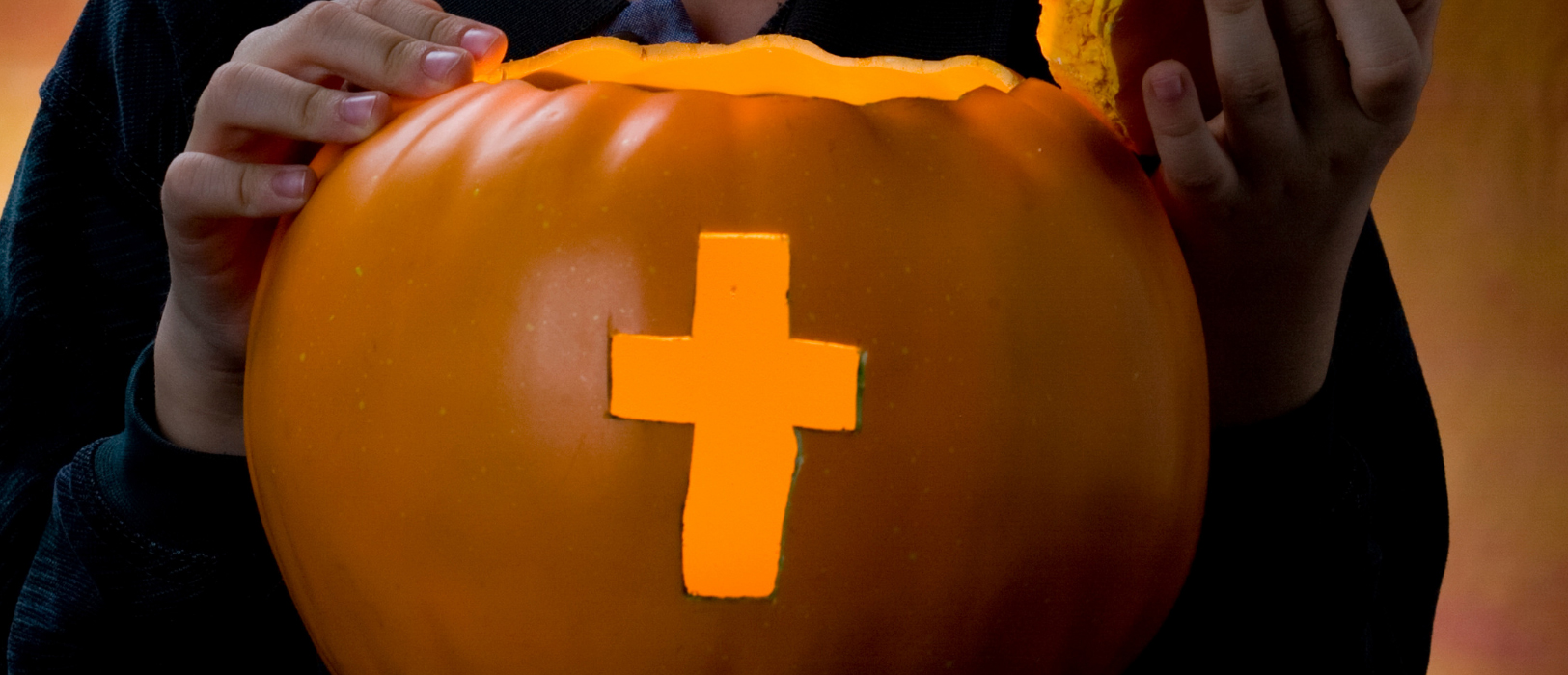

Christian Resources
Halloween Background: Christian Origins And History
Modified: January 9, 2024
Peter Smith, Editorial Director at Christian.net, combines deep insights into faith, politics, and culture to lead content creation that resonates widely. Awarded for his contributions to religious discourse, he previously headed a major organization for religious communicators, enhancing dialogue on faith's societal impacts.
Pagan or Christian? What's in the Halloween Background and can we learn from it? Here, we reveal the where, who, why, and how's of Halloween.
(Many of the links in this article redirect to a specific reviewed product. Your purchase of these products through affiliate links helps to generate commission for Christian.net, at no extra cost. Learn more)
Celebrating Halloween means celebrating the Halloween background in its entirety. For Christians, this is a sensitive topic considering how we are responsible for avoiding offensive acts to God. But, it might be interesting to know that despite Halloween’s infamous dark history lies a colorful Christian celebration. Due to the ever-expanding time and how different cultures recreate their very own version of Halloween, it now has a twist of Christian-friendly essence. Here is everything you need to know about the Halloween background and its Christian origins.
Halloween Background: The Origins
Halloween’s history cannot deny its pagan roots. This annual celebration is leaning towards the worship of evil spirits and acts of sacrifice that are inhumane and demon-centered. If we base this act directly from the Bible, Exodus 20:5 gives us an answer. We should not bow nor worship entities or deities that aren’t God. Truly, we only have one God. So, the act of worship that does not involve Him is pagan. Before Christian origins, it is crucial to know Halloween’s first origins, to understand how it evolved into something Christian-friendly.
Ancient Celtic Tradition
The original Halloween background draws back from the Ancient Celtic Tradition. Around two hundred years ago, the Celts were in Ireland, the United Kingdom, and Northern France. The celebration of their New Years’ Day fell on the first of November. This season is known to be important as it indicates the end of summer and the beginning of winter. For them, winter has an association with “death” considering it is the years’ gloomy, cold, and darkest season.
On the night before New Year (the night of October 31), “Samhain” was celebrated. This event pertains to how the two worlds of the living and the dead would collide. It was believed that the ghosts of the dead would return to Earth for the duration of the event. Additionally, the Celts prepared for this event because the Celtic priests were said to have been able to predict the future more accurately when the line between the living and the dead is blurred out.
So, they would build large bonfires to burn crops and animals to the Celtic gods. During this time, Celts also predict each other’s fortune and future. As for the real history behind costumes, they wore animal heads and skins to commemorate the event. This is the origin of Halloween and how the practice of wearing costumes came to be.
Other Celtic Halloween Traditions:
- Actually, the limitations do not end with evil spirits. The ghosts of their families and friends can also visit their hometown during Samhain, at least in their belief.
- As part of their tradition, they had the obligation to return herds in pastures. They also renewed their land tenures to make way for winter.
- It is a part of their belief that those who died within the year are set to be venturing into the other world. Take note, God is not the subject of praise during these times.
- The Celts did not celebrate only the existence of evil spirits. Their celebration includes witches, hobgoblins, fairies, and demons.
- During the 1st Century CE when the Romans conquered the Celts, two celebrations became an addition to the Halloween background. First, the celebration of the dead’s passing, and the Pamona, a celebration for the goddess of the harvest.
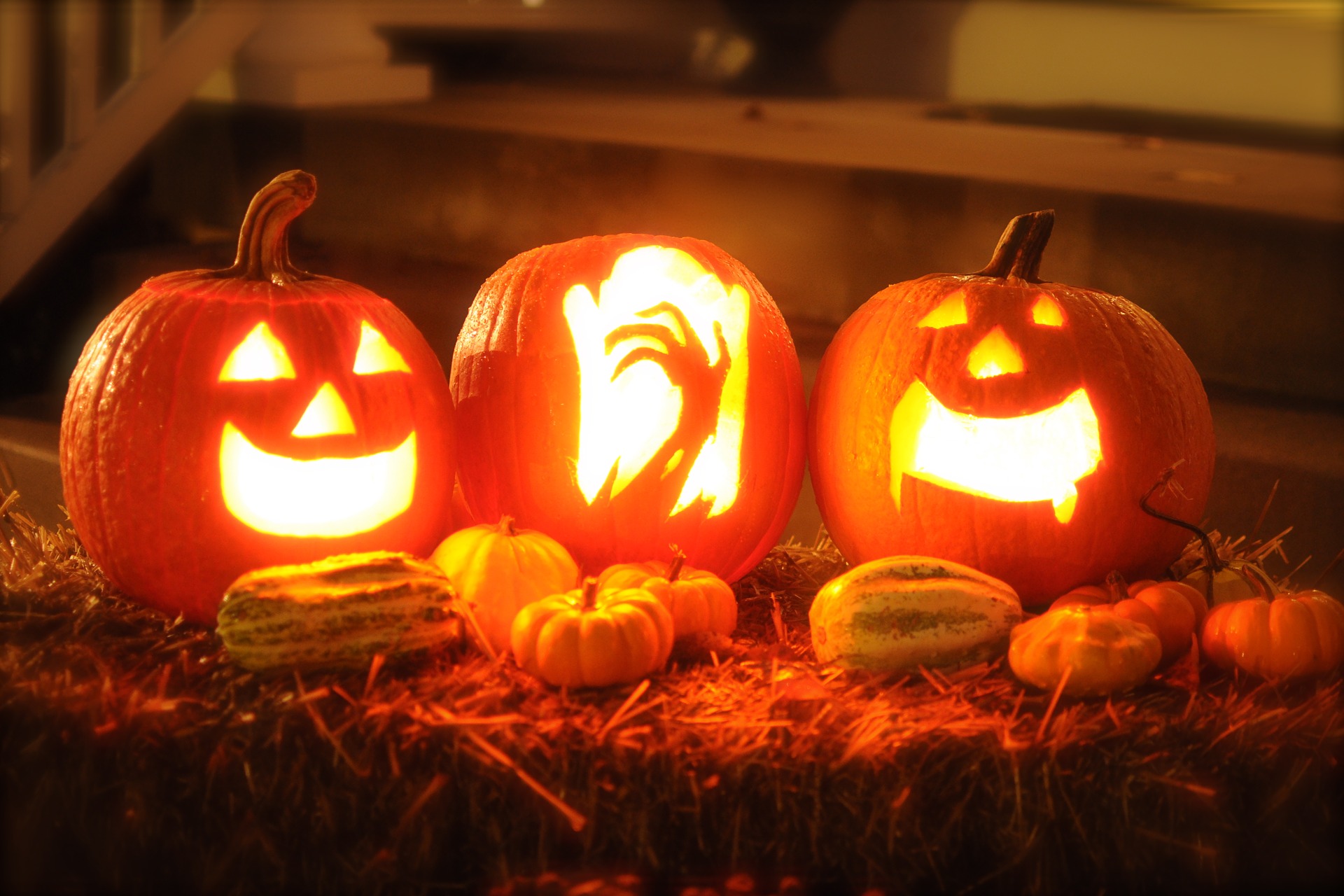
Scotland
The Halloween background in Scotland is quite dark. Around the 16th to the 19th century, the Scottish people were worried about one particular thing- Evil spirits. The public, especially those who are living in coastal communities felt threatened. There were rumors about how evil spirits can physically harm people. With this belief, the practice of Halloween culture emerged.
To protect their children from these evil spirits, parents dressed them up as monsters or evil spirits. The idea behind this is that, if their children looked like evil spirits, they will not be harmed. So by dressing their children as monsters and evil spirits, parents were actually protecting their children; a sign of parental love. While wearing costumes, it became an additional practice for people to go door-to-door to ask for cakes, fruits, or money. At least for them, Halloween was originally a method of protection rather than a fun celebration.
Western Tradition of Halloween
Today, Halloween is a big event in pop culture. Celebrities or prominent names usually dress up as their favorite fictional character or mythical creatures. Actually, the concept of Halloween did not exist before the influence of Irish immigrants in the mid-1800s. Taking the previous Halloween tradition, “trick or treat” is a form of pagan sacrifice. This means that people can decide whether to sacrifice a “treat” to evil spirits or become a subject of their “tricks”. Connecting this to Scotland’s concern, people began recognizing and fearing evil spirits more. And with this, they felt obliged to offer more sacrifices to spare their safety.
When this began spreading through countries such as the United States and Canada, “trick or treat” received a different meaning. Instead of evil spirits, pranksters would do “tricks” on cities and households that did not or refused to give them “treats”. After a few years, these pranks were becoming expensive to throw. So, this tradition died. However, in an effort to preserve and profit from this tradition, candy companies make specific “Halloween candies” to give as “treats” without people doing “tricks” (though many teenagers today still do tricks for fun and amusement).
Halloween Background: The Christian Origin
Today, people celebrate Halloween in accordance with how the event is introduced to them. As an example, the Philippines observes Halloween similar to how the Americans celebrate it while adding touches of the Spanish “Ispera de Todos Los Santos” (All Saints Day). For Poland, they observe Halloween by offering “wypominki” in the form of money for the Church to pray for their departed loved ones. The Poles would decorate and visit the tombstones while waiting for the Eucharistic Celebration. It is also part of their tradition to gather money for the maintenance of the necropolis. Traveling to East Asian countries, their alternative for Halloween includes the combination of remembering their ancestors while reuniting with their families to either celebrate or clean gravesites. This is called the “Chuseok Festival” for South Korea, “Qingming” for China, or “Obon” for Japan. While they celebrate differently culture-wise, they own their share of similarities.
Now, let us dwell into how Halloween gained its Christian origins and where we can see it in today’s Halloween culture.
Read more: Should Christians Celebrate Halloween?
The Celtic Britons
Britons or “Celtic Britons” are indigenous Celtic people residing in Great Britain during the British Iron Age to the Middle Ages. They play an important part in how Halloween background obtained its Christian roots. The Britons were in a belief that the souls of their loved ones can visit them within the day we now refer to as “All Saints Day”. Of course, the original pagan Halloween background is still around during this time.
The involvement of Christianity began when the Britons paid their visit to their departed families and friends. During this time, there was a lacking accommodation for space. So, not all dead bodies were buried. The Britons then began inviting Christians to pray for their loved ones. The Christians were singing, praying, and offering their respects as requested of them.
This is not how Christian Halloween became official, however. We can grasp that from here, Christianity was slowly making its way towards obtaining its own version of Halloween. During this time, more and more prayers and hymns were headed by the Christians. In fact, country parishes began reciting the De Profundis (Psalm 129).
The Spread of Christianity
The earliest record of Christianity’s growth is found in 597 AD. But, this still did not reach Europe. We have to remember that the original Halloween background’s existence is from Ireland, Scotland, and Britain. From these areas, Christian missionaries began their ventures and successfully converted the Celts little by little. Upon witnessing the Gospel, the Celts and even the Druids (Celtic leaders) began their enthusiasm for learning and adapting more.
As a result, plenty of their population denounced their allegiance with evil spirits and other pagan-centered beliefs. They also adapted the feast on November 1 and All Hallows Eve in connection with their interpretation of the Bible. Their perspective of the celebration also underwent changes. Instead of the old belief of how dead spirits can harm or communicate with humans, it now became a commemoration of how Jesus Christ has conquered the grave. They began acknowledging how demons are powerless in the presence of the Lord.
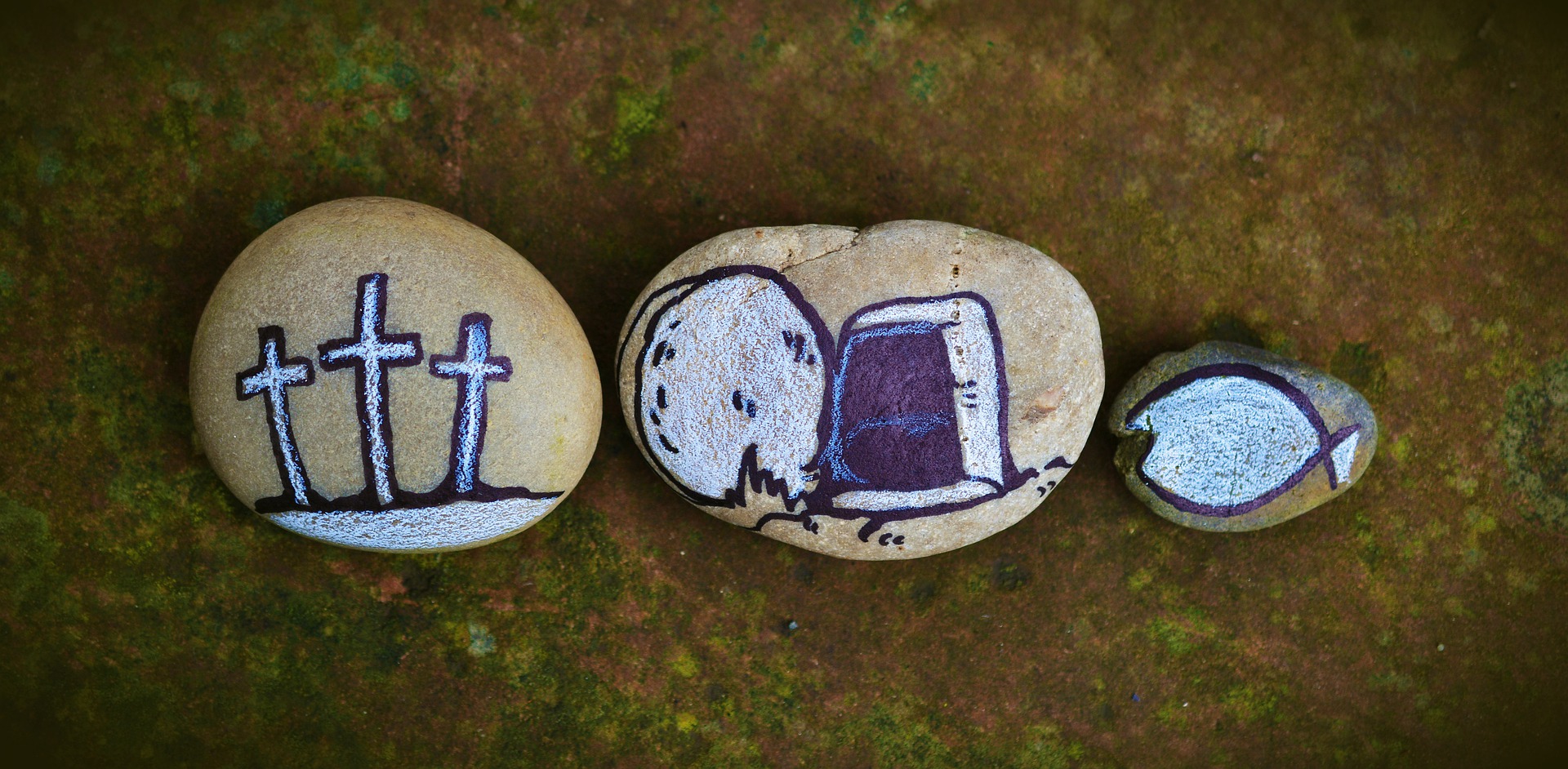
Changing the Meaning
After this, the intent of the original Halloween background continued shifting. Aside from seeing it as the day of God’s triumph over evil forces, they began recognizing the celebration as a commemoration for the departed and departing souls. Many scholars are affirmative that the revised November 1 observance began its origin in Ireland, spreading towards England. From here, Christianity began expanding not only in Halloween traditions but as a religion and a community. Now, Christians derive the word “Halloween” from the terms “All Hallows Eve” and Hallowmass” which points out to “The Holy Evening”.
Pope Gregory IV
Connecting the timeline between the British Iron Age and Pope Gregory IV‘s ruling, this made way for Halloween to finally have its Christian roots. In 835, he shifted the dates of the celebration for the martyrs from May 13 to November 1. While on November 2, All Souls Day was celebrated. For November 1, this celebration was identified as “All Hallows Eve”. Eventually, the name was shortened to the “Halloween” as we call it today.
To clarify, these celebrations did not see Halloween as a day to communicate with the dead like what early paganism dictates. Instead, these two-day feasts serve as a time to remember those who are dead. The celebration for All Saints Day is for people who successfully arrive in Heaven. Recognized or unrecognized, this celebration is for that cause. All Souls Day, on the other hand, is meant for those who are still waiting in purgatory. These are celebrations because it reminds us that God’s Church does not limit itself by death, space, and time. Anywhere in the world, God is with us and these are the designated moments when we can thank God for that.
Forbidding the Practice
The spread of the newly established culture came to Ireland, Scotland, and England. At the time, people were celebrating and following Christianity’s footsteps on All Hallows Eve. Just like how we understand it today, they were adapting its dual nature for prayer and gratitude. However, the break with the Holy See or the jurisdiction of the Bishop of Rome, also known as the Pope, took place. As a result, it was forbidden to participate in anything related to the holiday. This was just a temporary phase and the customs managed to survive with ease. In fact, we can read from William Shakespeare’s “Two Gentlemen of Verona” (approximately written around 1590-1594) that “Hallowmas” was already present.

Soul Cakes
We are now aware of how Christianity slowly made its way towards the pages of history. But, did you know that soul cakes are one of the greatest pieces of evidence of this historical shift? Soul cakes or “soul mass-cakes” are available in most bakeries during Halloween. This small and easy-to-make pastry dates back to when Christianity was making its way in establishing its revised Halloween background.
Going back to the ancient English timeline, people would knock at their neighbor’s doors for a soul cake. We can say that this was the cost of praying for the dead of the household. Back then, the ingredients of the soul-cake were not as simple as it is today. They used currants while dropping it in hot fat. Experts believe that the shape is intentionally cut into a circle to resemble the concept of eternity with and from the Lord.
Some sources also cite that the following refrains were sung: “a soul cake, a soul cake, have mercy on all Christian souls for a soul cake,” or “Soul, soul, an apple or two, If you haven’t an apple, a pear will do, One for Peter, two for Paul, Three for the Man Who made us all.” From a Christian perspective, we can say that this is our rendition of how the “trick or treat” tradition began without its pagan origins.
Halloween Background: The Christian Impact
Truly, the long and rich history of how Christians paved their way towards Halloween is impressive. They had many challenges from pagan aficionados to royal commands. But, they succeeded still. We no longer follow the original Halloween background with human sacrifices and pagan practices. From here, we can see some of the Christian impacts on Halloween:
-
Prayer
Now, countries like Mexico, Spain, and the Philippines pray to God during Halloween. For countries like this, they participate in Eucharistic celebrations in honor of praising God and praying for those heading towards Him. This is the most evident factor Christians imposed on the Halloween culture.
-
Paying Visits to the Cemetery
Pagan origins include the burning of bonfires and such. But with the influence of Christianity, many countries see this as a moment to visit their departed loved ones in cemeteries. For example, Poland celebrates the Dzień Zaduszny (All Souls Day) by offering prayers to their relatives and friends. This celebration is then followed by requiem mass for the souls of the dead on the second day.
-
Culture and Christianity
Because of Christianity’s impact, other countries began mixing the Christian Halloween traditions with their own culture. Two of the greatest examples would be the Día de Los Muertos in Mexico and other Latin American countries and the Pangangaluluwa of the Philippines. These two annual celebrations retain their culture by participating in their dances, fundraisers, and local hymns. At the same time, they pray to the Lord as an offering for their departed loved ones. For countries like these, the pagan intent of Halloween is almost entirely gone. The dominant tone of Halloween is leading towards Christianity.

What History Tells Us
With this information, as Christians, how should we criticize the original Halloween background? Should today’s Christian take on the celebration validate Halloween as a Christian celebration? Actually, we can never take out the pagan context of Halloween. It has been and it will always stay. However, we can choose to celebrate it for its Christian roots. Some cultures and households celebrate Halloween as a sign of gratitude towards the innovative and brave Christians who found a loophole into shaping it as to what it is today. Above all, whatever we choose to celebrate or to involve ourselves in should never take God’s orders out of the context. Still, we have to be careful of our actions but it is always good to know that there is a hint of Christianity in Halloween.
